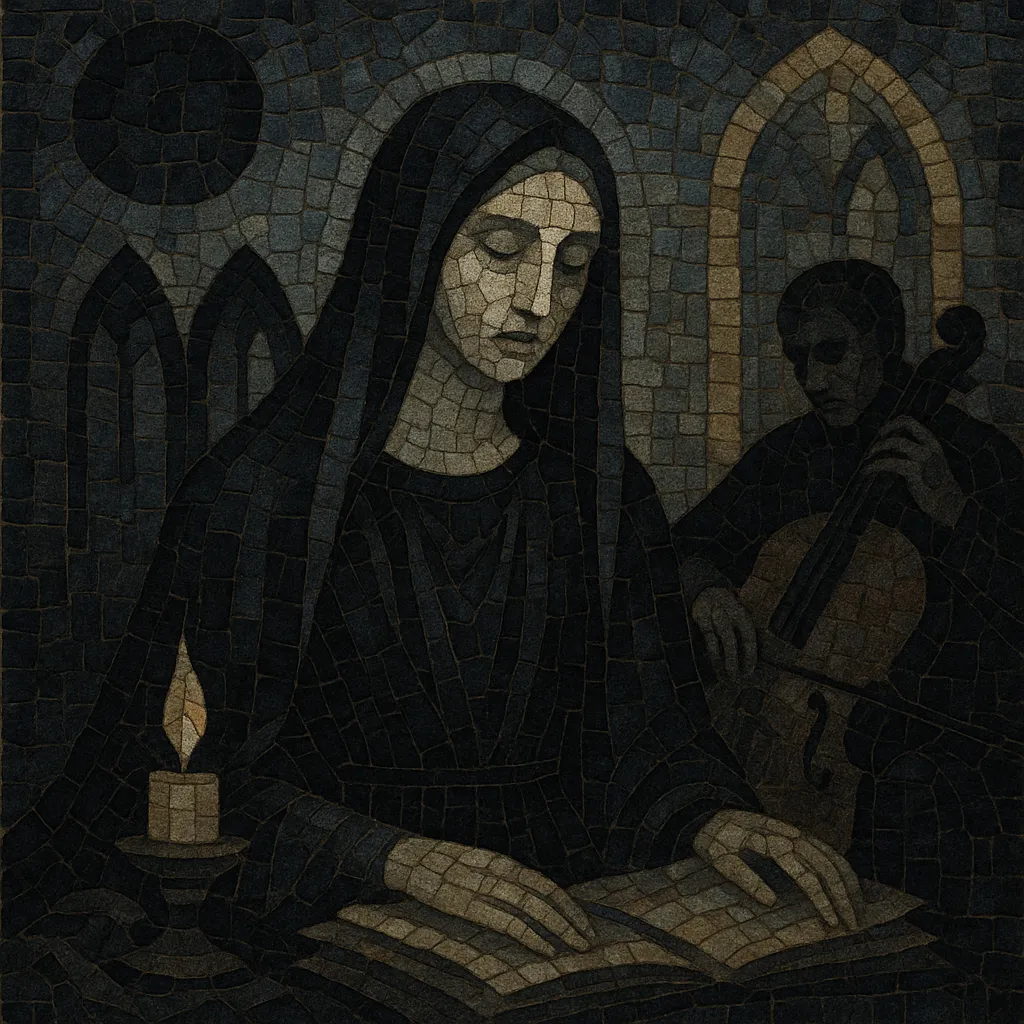
Neoclassical dark wave is a subgenre of dark wave that fuses the somber atmospheres of gothic-leaning post-punk with orchestral and early-music aesthetics. It favors minor-key harmonies, liturgical or poetic vocals, and dramatic, cinematic arrangements.
Typical sound palettes include strings, choirs, piano, organ, and timpani alongside ambient textures and spacious reverbs. Tempos are often slow to moderate, with processional rhythms and modal writing (Aeolian, Dorian, Phrygian) that evoke medieval, Renaissance, or Baroque sensibilities.
Vocals often sit in the “heavenly voices” tradition—ethereal sopranos or solemn baritones—singing in English, Latin, or other European languages. The result is music that feels sacred, melancholic, and epic, balancing intimate chamber music colors with vast, cathedral-like ambience.
Neoclassical dark wave crystallized in the late 1980s as artists in the broader dark wave and goth milieu began to foreground orchestral timbres and early-music modalities. Dead Can Dance—based in the United Kingdom—was pivotal, demonstrating how ritual drumming, choral textures, and modal harmony could coexist with post-punk-derived atmospheres. This period saw the template take shape: slow, processional rhythms; choral writing; and a reverence for medieval and Baroque sonorities.
The 1990s brought a wave of European acts and labels that codified the style. Germany’s Hyperium label popularized “Heavenly Voices,” while Cold Meat Industry–adjacent projects and other European imprints supported groups like Arcana (Sweden), Dargaard and Die Verbannten Kinder Evas (Austria), Elend (France/Austria), Dark Sanctuary and Rajna (France), and Ataraxia (Italy). The genre’s palette expanded to include chamber strings, pipe organ, timpani, and extensive use of reverb to achieve a sacred, liturgical aura. Lyrically, themes drew on myth, romanticism, and spiritual yearning.
In the 2000s and 2010s, neoclassical dark wave influenced adjacent scenes such as martial industrial, dark cabaret, and symphonic/gothic metal, while also intersecting with soundtrack-minded ambient. Affordable orchestral sample libraries enabled solo composers to achieve elaborate arrangements, leading to a proliferation of independent releases. Today, the style persists as a refined niche that bridges historical music vocabularies with modern dark aesthetics, often finding a home in filmic, ritual, and contemplative contexts.

